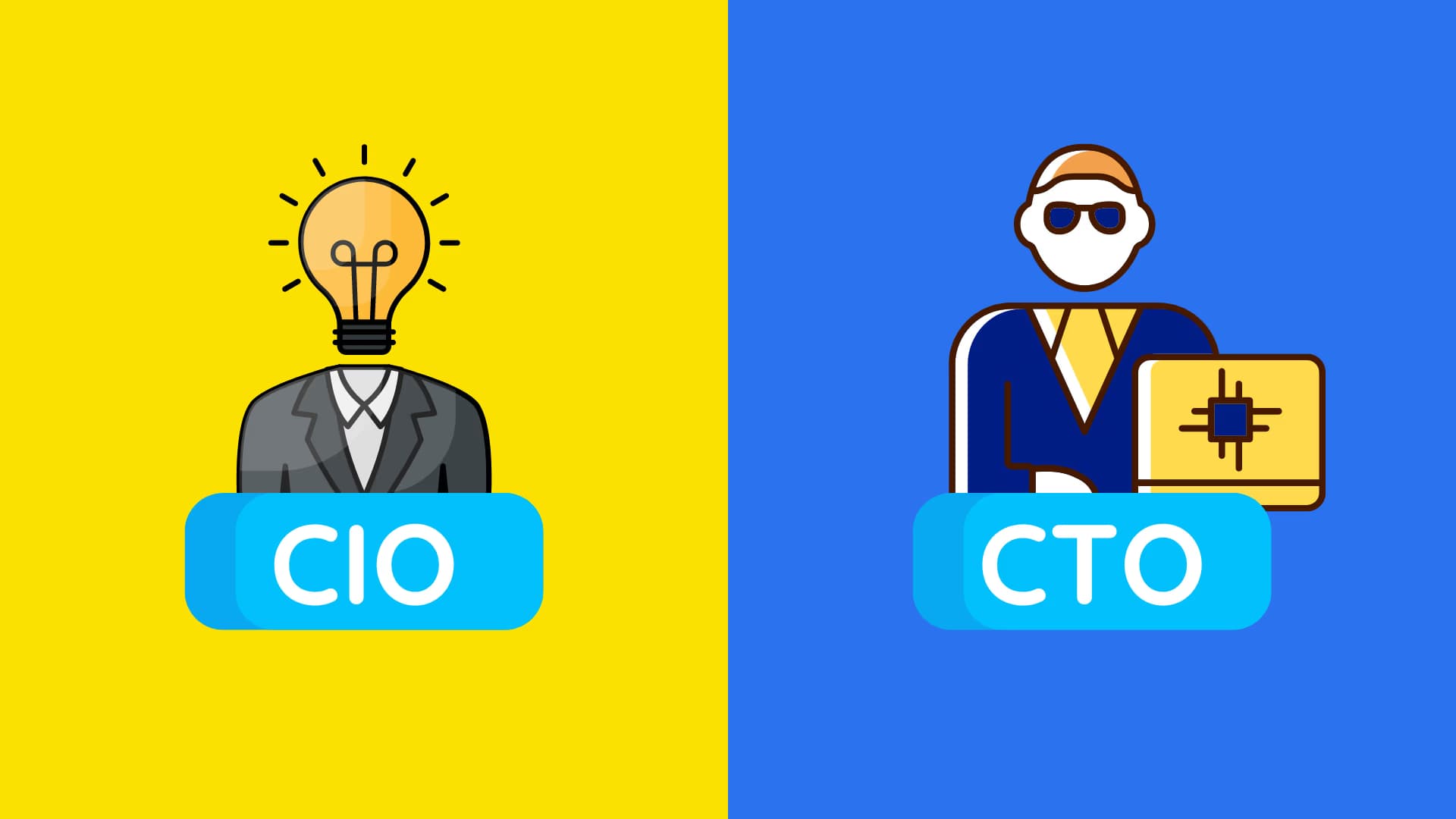![Why Custom Team Apparel Is Your Secret Brand Identity Builder [Case Study]](/_next/image?url=https%3A%2F%2Fthehubbackend.com%2Fmedia%2Ffkuhmvikekq2etz0pwjh.avif&w=3840&q=75)
2025-10-16
Why Custom Team Apparel Is Your Secret Brand Identity Builder [Case Study]

2025-10-16
The Hidden Connection Between People Strategy and Global Logistics Efficiency

2025-10-16
Key Principles That Define Strong Blockchain Security Frameworks

2025-10-16
Key Benefits of Investing in Reliable Business Storage Solutions

2025-10-15
Top Tips to Prepare for Digital Marketing Job Interviews

2025-10-14
Chief Information Officer (CIO) vs. Chief Technology Officer (CTO): Roles, Responsibilities, and How to Choose the Right Fit

2025-10-14
Understanding the C-Suite: Roles, Responsibilities, and Strategies for Success

2025-10-14
Frontier Business: Navigating the New Horizons of Commerce

2025-10-14
Navigating Supply Chain Risks: A Comprehensive Roadmap

2025-10-13
5 Must-Have Tools HR Teams Should Use to Keep Employee Data Secure

2025-10-10
What to Expect From a Workers’ Comp Attorney

2025-10-09